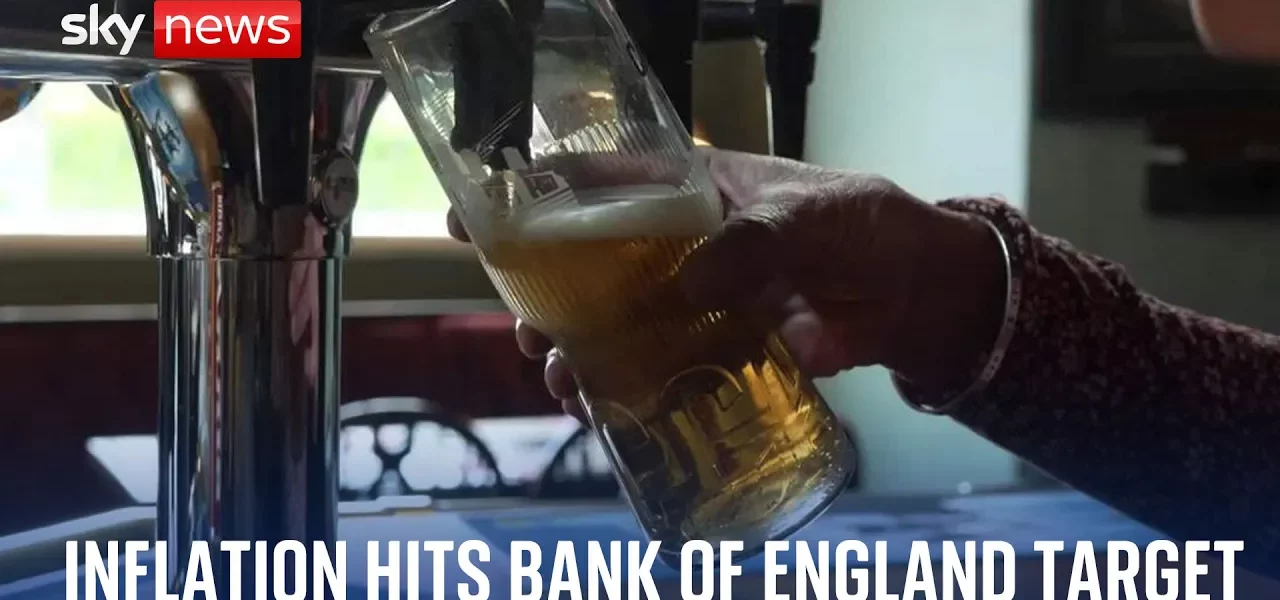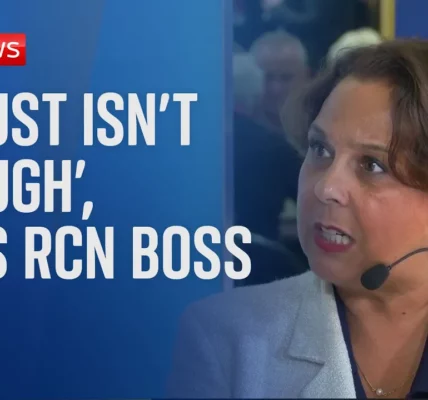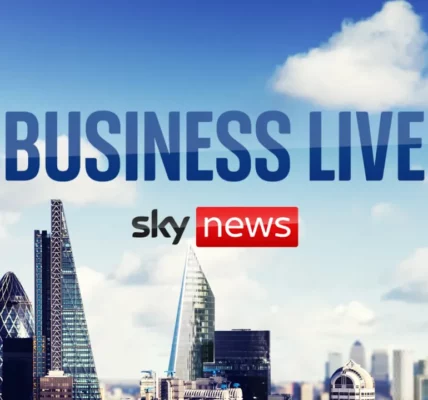What’s Inflation Got to Do with the Price of Fish?

This article delves into the intricate relationship between inflation and fish prices, focusing on insights from Grimsby, the heart of the UK’s food processing industry. As inflation trends shift, we examine the broader economic impact on consumers and businesses alike.
Introduction
Inflation has been a pressing issue affecting economies worldwide, with recent reports indicating that it is finally returning to the Bank of England’s target rates. However, the effects of these economic changes can vary significantly across different sectors. In Grimsby, known for its historic food processing industry, the fluctuations in fish prices tell a compelling story about the current state of inflation and its impacts on consumers and businesses. This article will explore these dynamics, focusing on the factors contributing to changes in prices and how they resonate throughout the economy.
Understanding Inflation’s Impact on Fish Prices
Inflation traditionally affects various commodities differently, and fish prices in Grimsby provide a clear example of this phenomenon. Over the past couple of years, fish prices have surprisingly dropped despite broader concerns about inflation. This section elaborates on the causes of these price changes.
The Container Crisis After COVID-19
During the COVID-19 pandemic, supply chain disruptions led to a significant increase in the prices of imported goods, including fish. The container crisis caused shipping costs to soar, which in turn affected retail prices. However, as the world is recovering from the pandemic, these shipping costs have returned to more manageable levels.
Current Trends in Fish Prices
Recent statistics indicate a decline in fish prices. This decline can be attributed to several factors:
- Improved supply chain logistics
- Normalization of shipping costs
- Increased local production
As a result, consumers in Grimsby are beginning to see the benefits of lower prices at their local markets.
Broader Economic Implications of Falling Inflation
While falling inflation rates seem favorable, it is essential to analyze the broader economic implications, particularly for the hospitality sector. The recent downturn in inflation is a breath of fresh air for businesses that were battered by both the pandemic and rising costs.
Challenges Faced by the Hospitality Industry
The hospitality sector has faced substantial challenges, especially concerning:
- Rising energy costs
- Fluctuating food costs
- Increased labor costs
These factors have contributed to a volatile environment where businesses struggle to maintain profitability while keeping prices reasonable for consumers.
Consumer Sentiment and Economic Recovery
Despite the positive news regarding inflation, consumer sentiment remains cautious. Many households report that they are still feeling the pressures of high living costs:
- Prices for necessities like food and rent are still significantly higher than they were three years ago.
- Wages have not kept pace with inflation, leading to a decline in purchasing power.
- Many consumers express skepticism about whether the current economic trends will lead to tangible benefits in their daily lives.
The Political Landscape and Future Outlook
As inflation rates continue to fluctuate, the political implications of these changes cannot be overlooked. The Chancellor and other political figures are focusing on economic recovery, but the question remains whether this recovery will be felt by everyday consumers.
Political Responses to Inflation
Leaders are making promises of economic recovery, yet many citizens express doubt about these claims. It’s crucial to understand:
- How government policies will address cost-of-living issues.
- The effectiveness of measures to stabilize prices across various sectors.
Future Considerations for the Economy
Moving forward, consumers and businesses alike will need to adapt to ongoing economic changes. Key considerations include:
- Monitoring inflation trends and their direct impact on prices.
- Understanding how interest rates may change in response to inflation.
- Recognizing the importance of fiscal policies in supporting economic stability.
Conclusion
In conclusion, the interplay between inflation and fish prices in Grimsby offers valuable insights into the broader economic landscape. While falling inflation may suggest a degree of recovery, many consumers continue to feel the pinch of high living costs. It is vital for political leaders to translate these economic trends into tangible improvements for households. As we navigate these changing economic waters, staying informed and proactive will be essential for both consumers and businesses. For more in-depth analysis and updates on economic trends, consider exploring our related articles on economic recovery and cost-of-living issues.
“`




